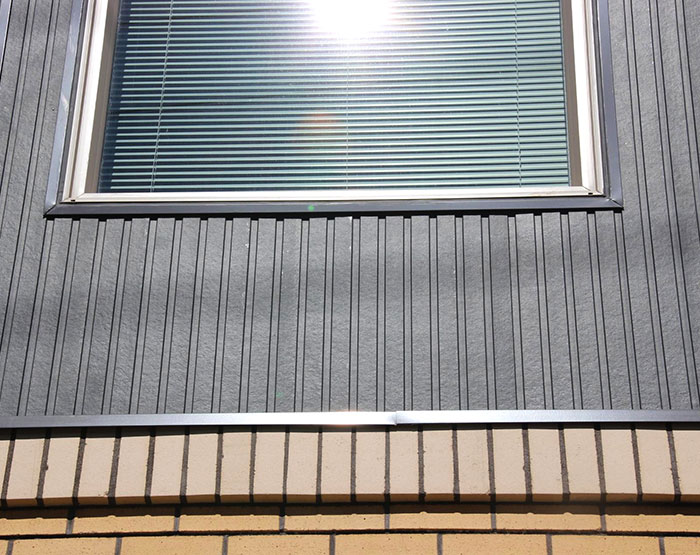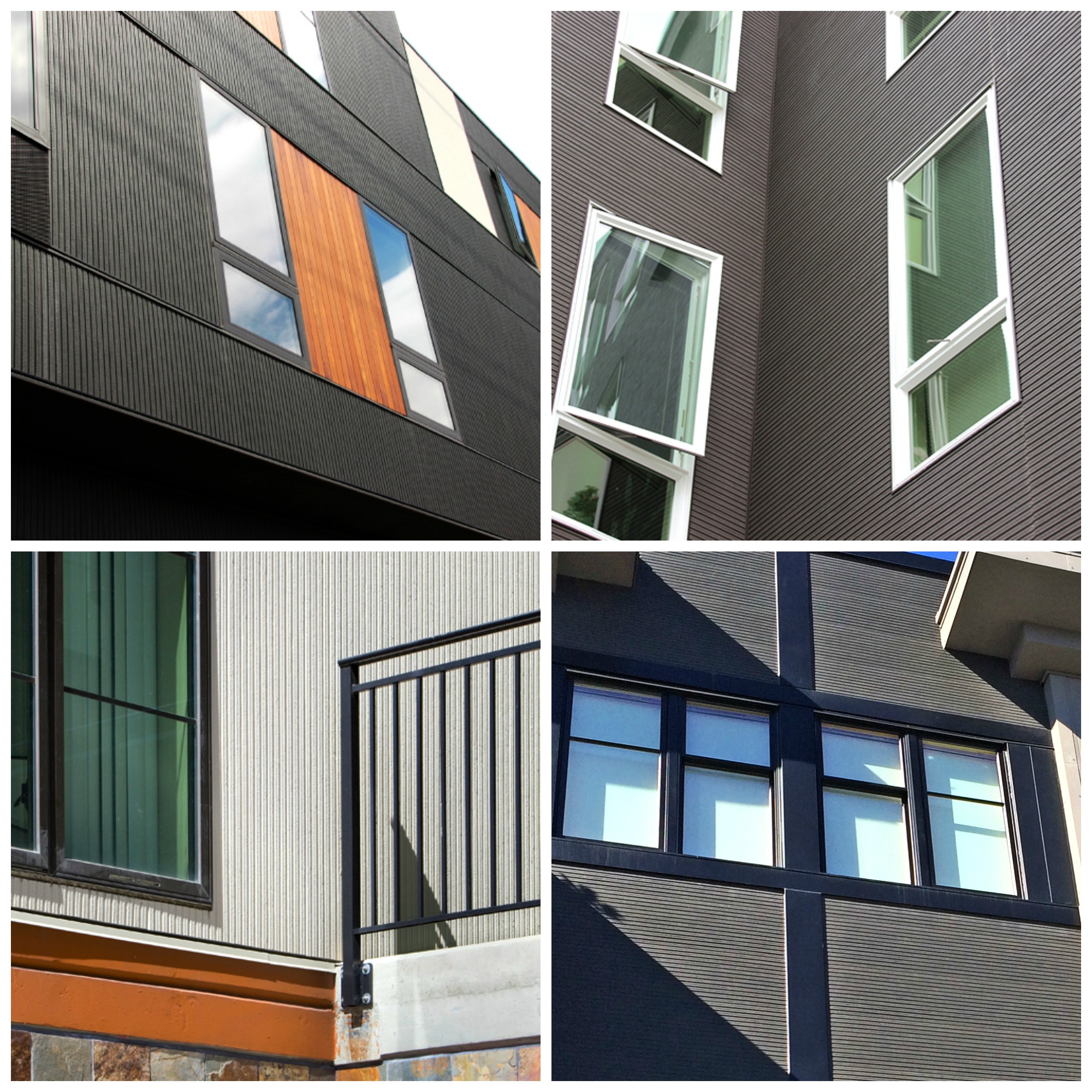Hedge Your Bet Against Steel and Aluminum Tariffs
Metal Tariffs Present Real-World Threat to the Construction Industry
“Steel and aluminum tariffs will negatively impact U.S. design and construction industries, (and) would have far-reaching implications on building materials, construction costs, and economic growth.” AIA Statement March 2018
Regardless if President Trump imposes tariffs of 25% on steel and 10% on aluminum, budgets demand alternatives.
CERACLAD Cement Panels Emmulate Metal Profiles
- CERACLAD RainScreen Fiber Cement Siding systems can be installed for less than $20/foot.
- From a design perspective, CERACLAD fiber cement siding emulates striated, corrugated and fabricated metal.
- And the CERACLAD Ceramic Coating provides high resistance to UV rays, minimizing degradation and color fading – supported by a 50 Year Product Warranty and 20 Year Color Warranty per ISO 105-A02:1990 Gray Scale and ESR-1627.

Alternatives are a prerequisite for any budget-conscious project. Cement Façades are immune to tariffs. Cement panels installed for less than $20/foot is half the price of steel and aluminum panels.
CERACLAD Cast Stripe

CERACLAD 8 Reveal

AIA Statement
“Steel, aluminum tariffs will negatively impact U.S. design and construction industries (and) would have far-reaching implications on building materials, construction costs, and economic growth.”
The Wall Street Journal March 2018
“Transportation industries, including aircraft and autos, account for about 40% of domestic steel consumption, followed by packaging with 20% and building construction with 15%. All will have to pay higher prices, making them less competitive globally and in the U.S.
Curbed, March 8, 2018
“But larger buildings, including multistory, multifamily construction, require a higher percentage of steel, meaning tariffs will have more of an impact.”
BISNOW March 2018
“According to Edward Zarenski, a construction economics professor at Worcestor Polytechnic Institute … Trump’s tariff could cause commercial project costs to rise about 1% this year, translating to $7.5B in increased construction prices nationwide.”
